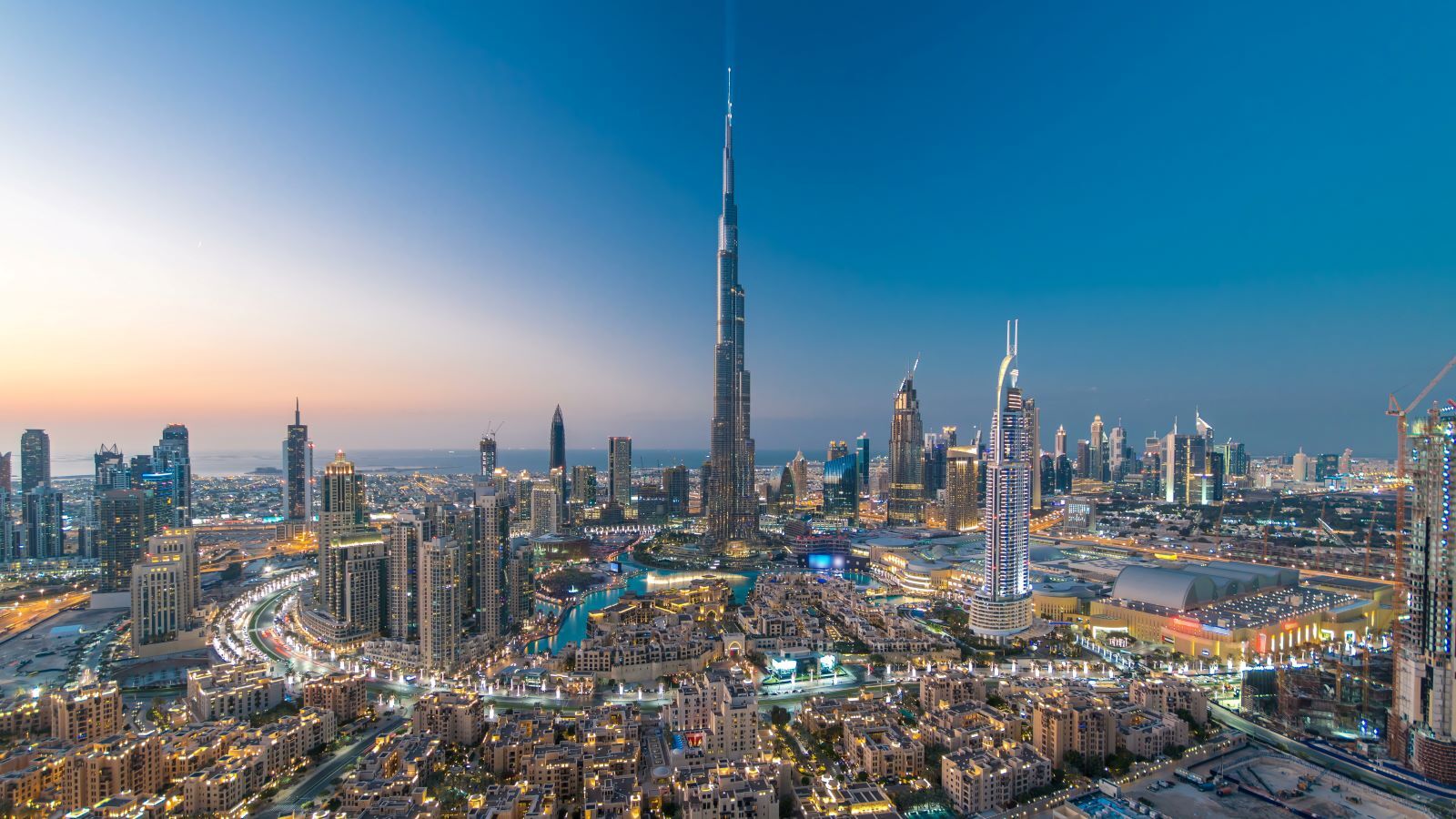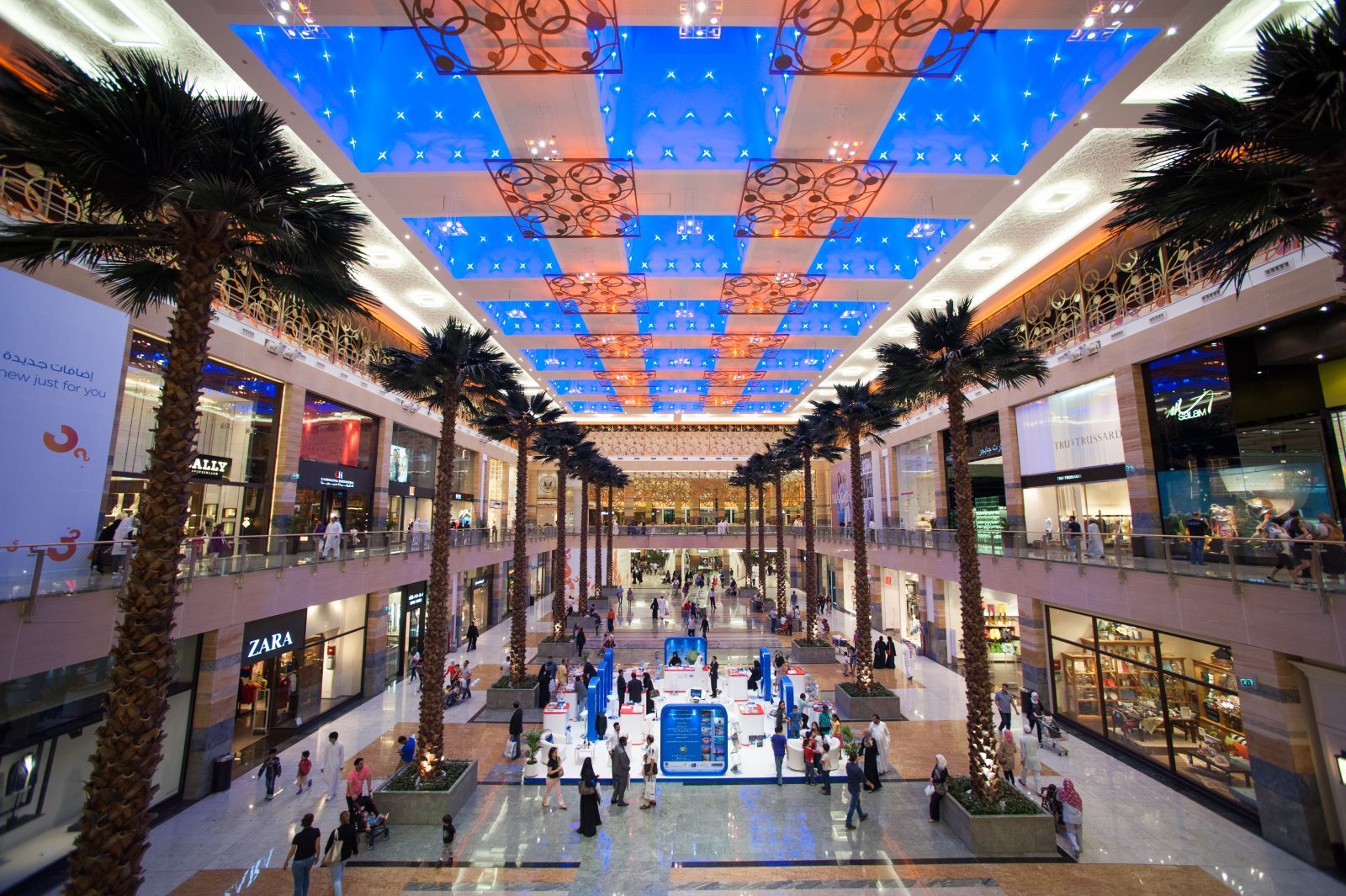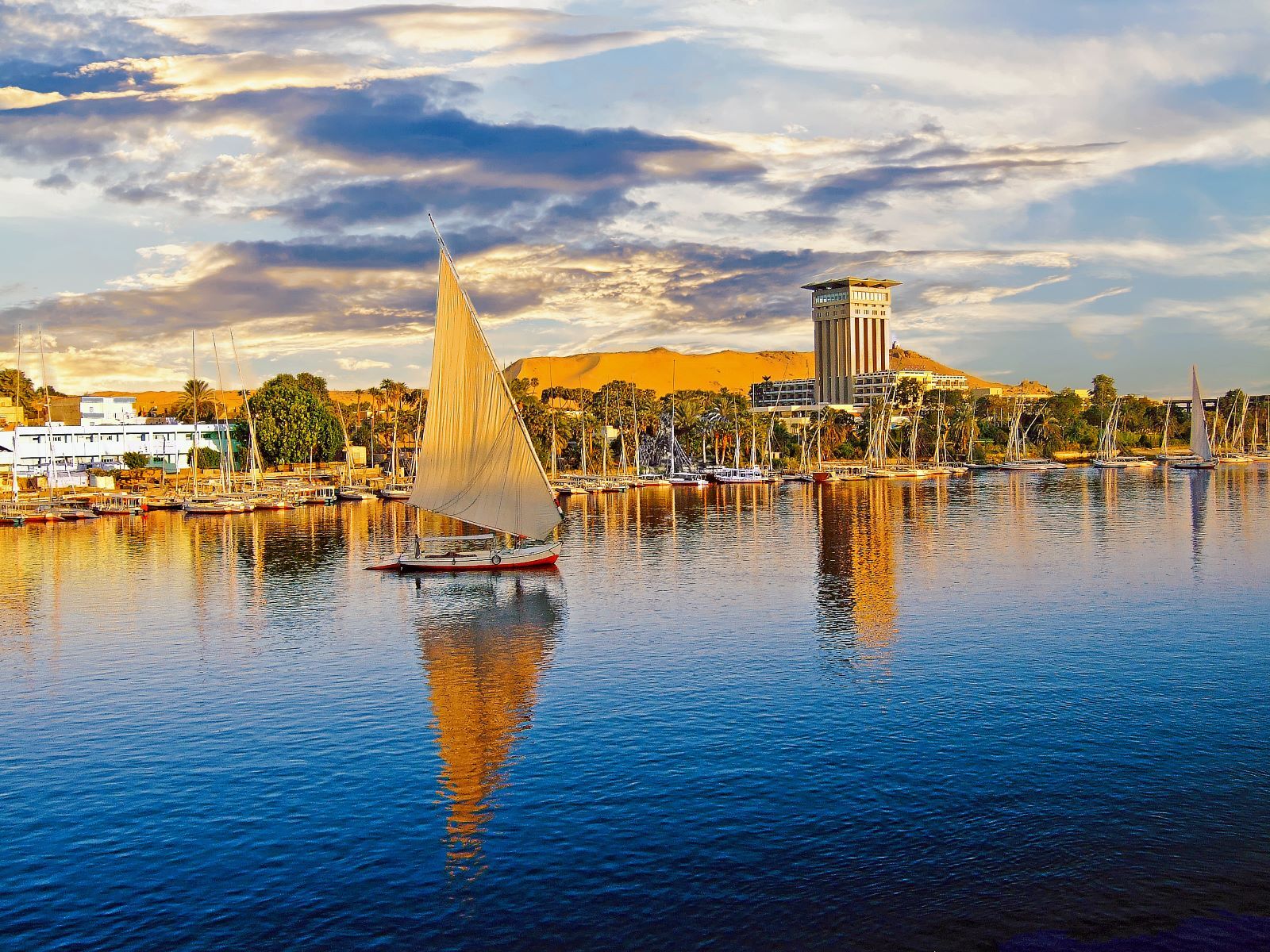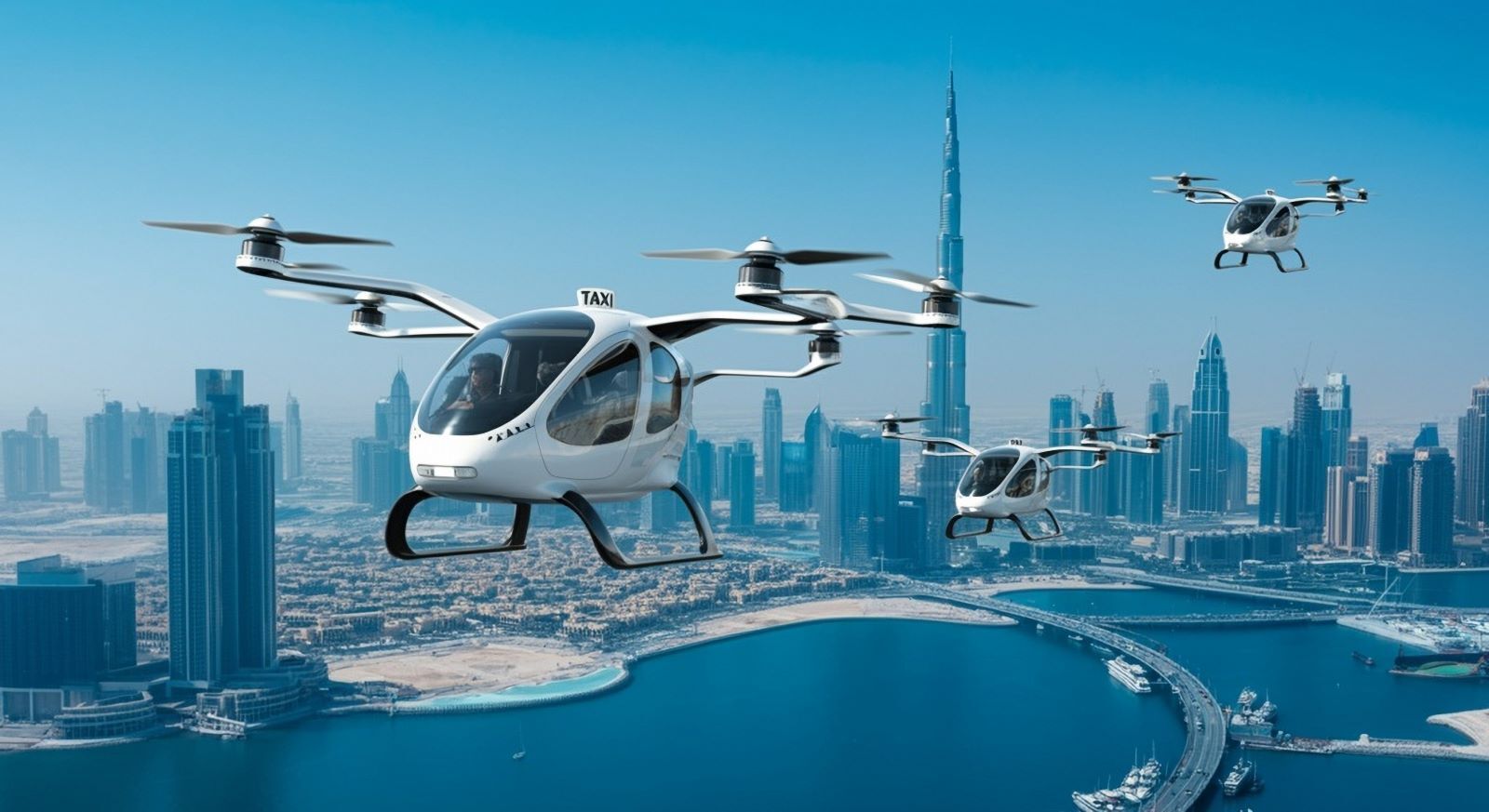Real Estate Investment Strategies in Dubai – 2026
Regardless of net worth, property is often the first and most meaningful asset in an investor’s portfolio. Real estate remains one of the most established paths to wealth creation, but success rarely comes from simply holding and hoping (unless you purchased in Dubai pre-2005, that is). The strongest results tend to come from a strategic, multi-asset approach – one that balances risk, diversifies across sectors, and adapts to a changing economy.
Most markets are hinged on a careful balance between supply and demand, but in Dubai, that’s no longer the full picture. Today’s most effective investors are thinking bigger, weighing rental yield against capital appreciation, factoring in lifestyle advantages, and increasingly looking across emirates to capture long-term upside.
.jpg?width=1000&height=667&name=unnamed%20(37).jpg)
Reading the Market – A Snapshot of 2025
Before building any investment strategy, it’s important to understand what’s driving momentum. Dubai’s real estate market has seen rapid, uninterrupted growth since 2020 – a trajectory that has continued into 2025, with over AED 431 billion in transactions recorded in the first half of the year (the highest H1 on record). But what’s most telling isn’t the volume, it’s where that volume is coming from.
High-end villas and branded residences continue to dominate the top end of the market, fuelled by a wave of international end-users, rather than speculative investors. Most notably, a growing number of European and British expats are choosing Dubai as a primary base, drawn by the tax efficiency, lifestyle, and political neutrality. This has pushed demand into low-density, family-oriented communities with privacy and space at the core.
While around 41,000 new units are expected to reach completion this year, premium stock is still scarce. Inventory remains tight across the villa segment, especially in waterfront and master-planned communities, driving price resilience.
Strategy in Practice – Location, Rental Yield and Capital Growth
Every investor has a different goal: for some, it’s steady income; for others, it’s long-term growth. Dubai’s market offers space for both, but rarely in the same place. The highest-yield addresses typically come from high-traffic areas that are popular with tourists. Dubai Marina and Downtown Dubai, for instance, regularly deliver gross rental yields between 6% and 9%, especially for short-term lets. Apartments in Business Bay and Dubai Hills Estate are also popular among expat professionals seeking a home close to work, with solid annual returns (6-8%) and steady rental demand. With no tax on rental income, the numbers work particularly well for UK and US investors who might otherwise be taxed heavily on similar returns at home.
Capital appreciation on the other hand, is being driven by newer villa communities, where lifestyle appeal is matched by fast-rising prices. Dubai Hills Estate has seen secondary villa values climb by 68% since 2022, while off-plan villa prices have surged nearly 60%. Tilal Al Ghaf has also delivered strong annual growth, with villa prices rising by 38% in 2025 – a standout performance for those playing the long game. Legacy addresses, such as Emirates Hills and Palm Jumeirah, continue to show strong capital preservation and long-term value growth, albeit at a more measured pace than newer communities.
There’s no fixed rule, but the most effective portfolios often pair both approaches, for example:
- Investing in a high-yield apartment for steady returns and to preserve liquidity.
- Securing long-term capital growth with a villa in an appreciating submarket – ideally one with limited supply, lifestyle appeal, and a robust masterplan driving future value.
Off-Plan v Ready Investing
This year, off-plan purchases have dominated transaction volumes in Dubai, accounting for more than 60% of sales in H1. Part of the draw is access: deposits are lower, payment plans are longer, and investors can secure future-facing assets at today’s price point. Returns on off-plan property can be significant. While ready homes typically yield capital gains of around 8-10% per year, off-plan investments can deliver more than double that – especially for buyers who enter the market ahead of major infrastructure rollouts. Dubai Hills Estate, for instance, has seen off?plan villa prices surge 59% since 2022, with a sharp 41% jump between 2024 and Q1 2025.
The downside is that off-plan investing is riskier than buying a ready home. Units can’t be rented out until handover, capital is tied up with no guarantees, and timelines can shift. Developer reputation matters more than almost anything here – it’s important to go with trusted, reliable names with a proven track record. Some of the most dependable developers in Dubai include H&H Development, Meraas, and Emaar – all of whom have a reputation for quality and timely delivery.
Ready property offers a different kind of value. These assets are immediate, tangible, and income-generating from day one. For rental yield-driven investors or those seeking a foothold in a well-established, time-tested market, the certainty and stability of a ready unit can outweigh the longer-term upside of off-plan.
In practice, most investors will combine both. A ready apartment provides near-term returns and liquidity, while an off-plan villa or townhouse builds future capital, often with higher appreciation potential.
Branded Residences
Branded residences are now one of the fastest-growing segments in Dubai’s prime and super prime market. The biggest draw here lies in the lifestyle – high-end developments like Four Seasons, Bulgari, and Baccarat are designed to emulate the ease of life in a five-star hotel, appealing to investors who are both design-conscious and seeking a more hands-off, hospitality-led lifestyle.
These homes regularly command premiums of over 40% compared to non-branded counterparts, and they often outperform on both rental yield and resale value. Sale trends support this – Four Seasons Private Residences Jumeirah sold out almost immediately after its 2021 launch, despite being priced well above the neighbourhood average. On Jumeirah Bay Island, Bulgari Resort & Residences continues to outperform on the resale market and remains one of the city’s most sought-after addresses.
Through an investment lens, the scarcity, service provision, and brand loyalty translate into stronger fundamentals. That said, annual expenses – particularly service fees – are substantially higher due to elevated staffing requirements and premium amenities.
Final Thoughts – Future Growth Drivers To Keep In Mind
Dubai’s property market has always moved fast, and 2026 is no exception. Just as Expo 2020 catalysed a wave of infrastructure and investor confidence, the next wave is already underway. Key growth drivers include the upcoming extension of the metro blue line, new free zones focused on AI and biotech, and the continued influx of high-net-worth individuals from Europe and Asia.
Lifestyle-led megaprojects are also playing a role. The Loop – a 93-kilometre climate-controlled cycling and walking track – will be a major milestone that makes Dubai more liveable year-round. Elsewhere, areas like Palm Jebel Ali and Dubai South are gaining momentum, boosted by the D33 Economic Agenda and the planned expansion of Al Maktoum International Airport.
Whether you're building from scratch or refining a mature portfolio, the fundamentals remain the same: stay diversified, think ahead, and let data guide the decisions. For the best outcome, it’s always wise to consult an experienced property expert. If you’re seeking opportunities in the prime or super prime markets, contact us and a specialist will be in touch.



